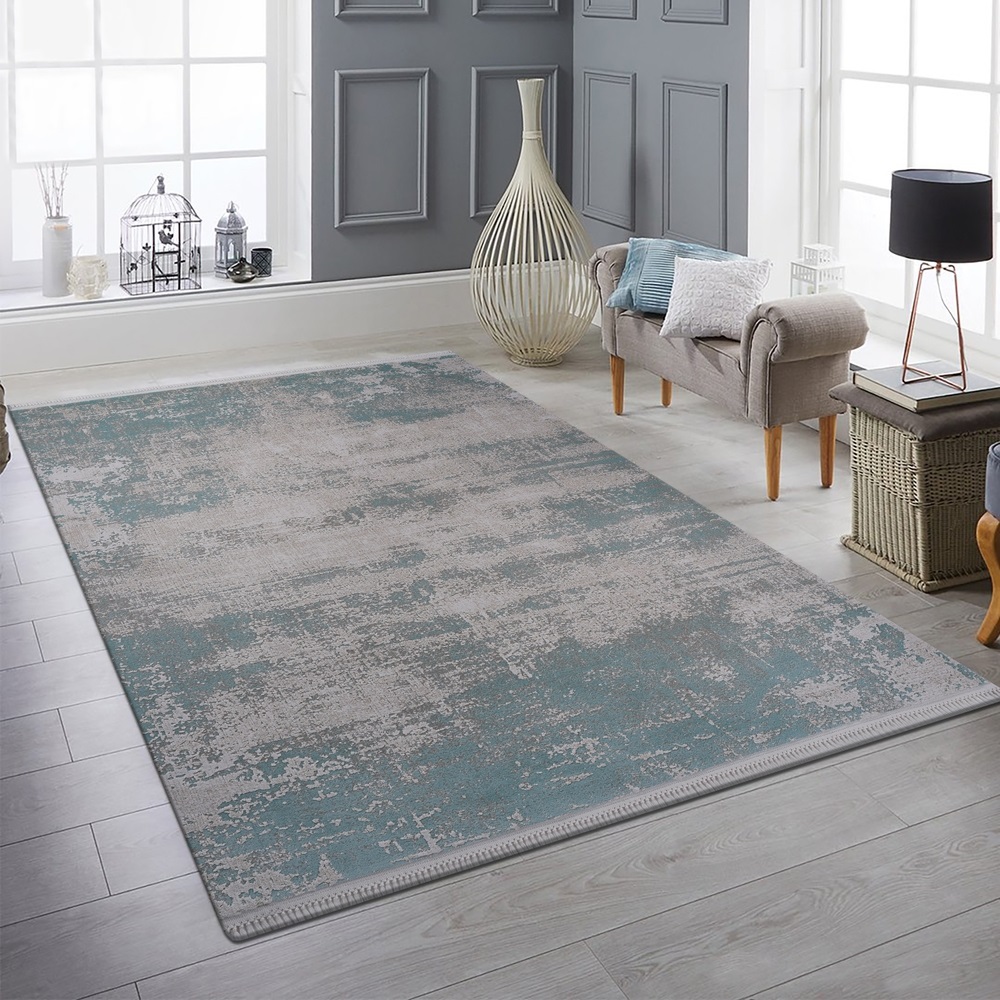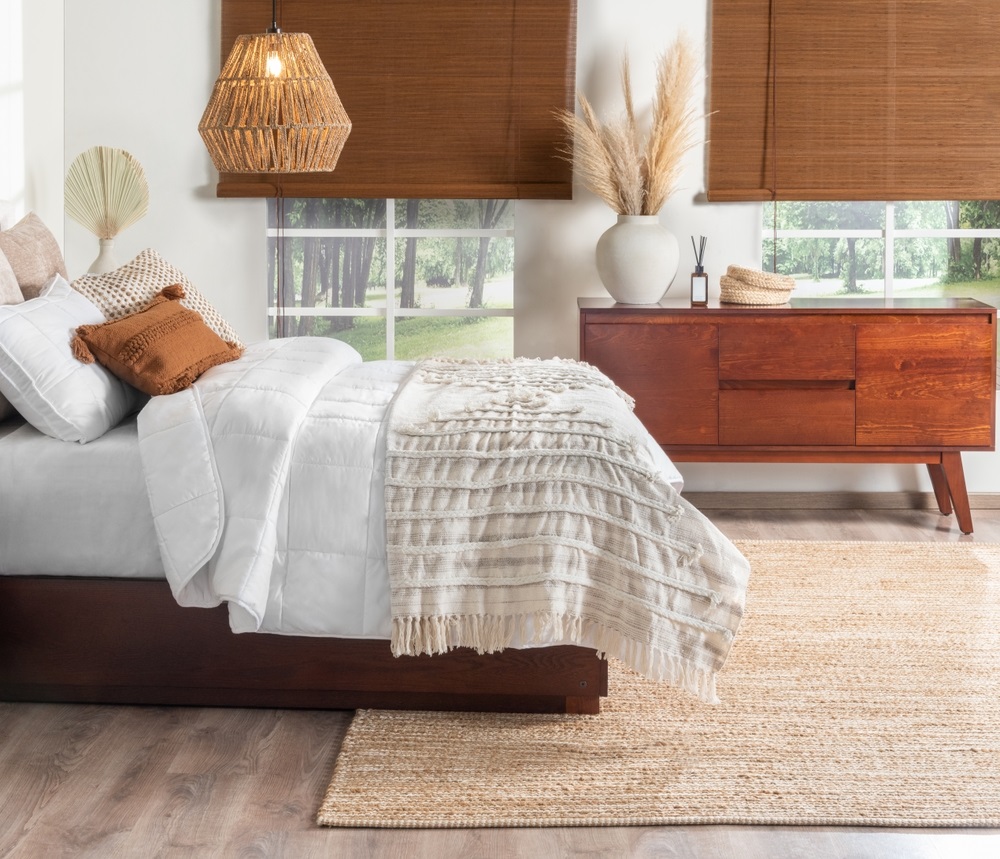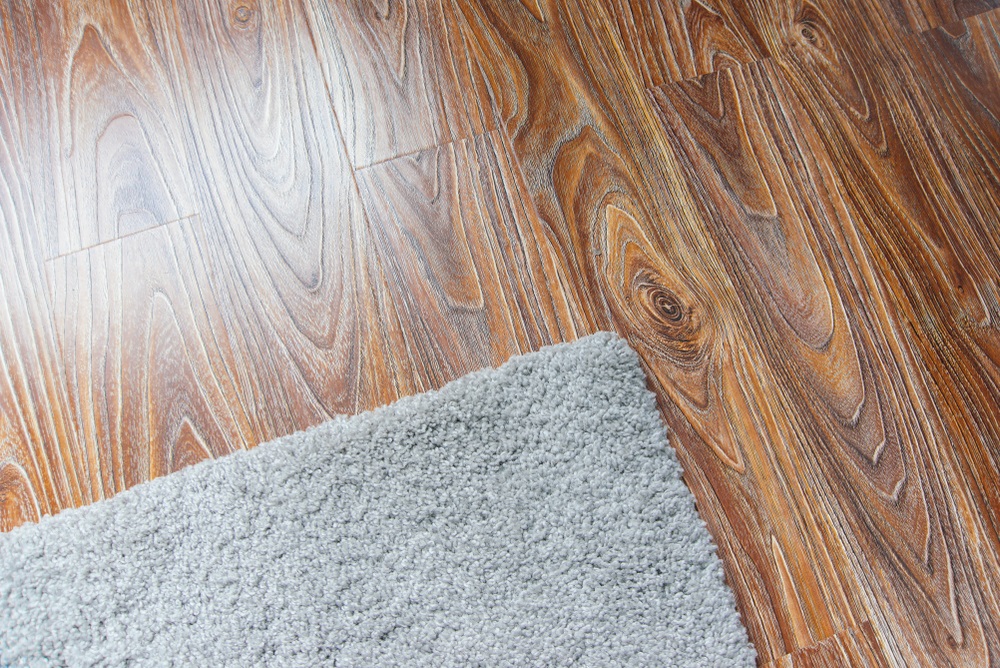
How to Deep Clean an Area Rug in 2024
Keeping an area rug clean and in good condition is crucial to keeping your house healthy. Frequently acting as central points in our homes, rugs eventually gather dust, debris, and even stains. This guide by Rug Cleaning Orlando, will walk you through any step to get professional results if you’ve ever wondered how to thoroughly clean an area rug without causing damage to it. We’ll cover everything, from identifying the type of rug you have to choosing the best cleaning supplies and techniques.
Understanding Your Area Rug
Before you start deep cleaning your area rug, it’s crucial to identify the material it’s made from. Different materials require different cleaning techniques. Common rug materials include wool, synthetic fibers, cotton, silk, and jute. Wool rugs, for example, are durable but require gentle cleaning methods to avoid damage, while synthetic rugs can typically handle more rigorous cleaning.
Checking for Manufacturer’s Instructions
Most area rugs come with care labels that provide valuable information on how to clean them. Always check these instructions before starting the cleaning process. If the rug doesn’t have a care label, you may want to consult with a professional cleaner or do a small spot test with your chosen cleaning method to ensure it won’t harm the rug.
Preparation Before Deep Cleaning
The first step in how to deep clean an area rug is to thoroughly vacuum it. This removes loose dirt, dust, and debris from the surface and the fibers. Make sure to vacuum both sides of the rug. Use a vacuum with a beater bar or rotating brush for the best results, especially for thicker rugs.
Beating the Rug
If possible, take your rug outside and hang it over a sturdy line or railing. Beat the rug with a broom or rug beater to dislodge deeply embedded dirt. This old-fashioned technique is surprisingly effective and helps prepare the rug for washing.
Spot Testing Cleaning Solutions
Before applying any cleaning solution to your entire rug, always perform a spot test. Apply a small amount of the solution to an inconspicuous area and let it sit for a few minutes. Then, blot it with a white cloth. If the color doesn’t bleed or fade, it’s safe to use the solution on the rest of the rug.
Cleaning Methods for Different Rug Types
How to Deep Clean a Wool Rug
Wool rugs are luxurious and durable but need gentle care to avoid damage. To deep clean a wool rug:
Vacuum the rug thoroughly to remove loose dirt.
Mix a mild detergent with cool water. Avoid hot water as it can shrink wool.
Gently scrub the rug with a soft brush or sponge, working in the direction of the fibers.
Rinse the rug with cool water to remove any soap residue.
Blot the rug with towels to absorb excess water.
Dry the rug by laying it flat in a well-ventilated area, away from direct sunlight.
How to Deep Clean a Synthetic Rug
Synthetic rugs, often made from materials like nylon or polyester, are more forgiving when it comes to deep cleaning. Follow these steps:
Vacuum the rug to remove debris.
Mix warm water with a small amount of dish soap or a synthetic-safe carpet cleaner.
Use a soft brush or sponge to scrub the rug in circular motions.
Rinse thoroughly with clean water to ensure all soap is removed.
Blot dry with towels and hang the rug outside to dry, if possible.
How to Deep Clean a Silk or Delicate Rug
Silk rugs or those made from delicate materials like antique textiles require special attention:
Vacuum with caution using a vacuum without a beater bar.
Mix a very mild detergent with cool water.
Lightly dab the surface with a sponge—never scrub.
Rinse carefully by blotting with a damp cloth.
Dry flat, using fans to help speed up the drying process.
Removing Stains from Area Rugs
Stains can vary widely, from food and drink spills to pet accidents. The type of stain will dictate the cleaning method. For example, oil-based stains require different treatment than water-based stains.
Treating Common Stains
Food and Beverage Stains: Mix a solution of white vinegar, mild detergent, and water. Apply it to the stain, then blot with a clean cloth.
Pet Stains: Use an enzyme cleaner specifically designed for pet stains. These break down the proteins in urine and other organic matter.
Ink Stains: Dab the stain with rubbing alcohol using a cotton swab. Be careful not to spread the ink further.
Drying and Finishing Touches
It’s critical to properly dry your rug after deep washing in order to stop the spread of mold and mildew. To expedite the drying process, place the rug flat in an area with good ventilation and, if feasible, employ fans. Steer clear of direct sunlight as it can mute the colors.
Brushing the Rug
Use a gentle brush to bring back the pile of the rug after it has dried. By fluffing up the threads, brushing helps the rug regain its vibrant, new look.
Final Vacuuming
Finally, give your rug one last vacuum to remove any dirt that may have been loosened during the cleaning process. This step ensures your rug is not only clean but also looks its best.
Frequently Asked Questions
How often should I deep clean my area rug?
Deep cleaning an area rug should be done at least once a year, more often if the rug is in a high-traffic area or if you have pets or allergies.
Can I use a steam cleaner on all types of rugs?
Not all rugs can handle steam cleaning, particularly delicate materials like silk. Always check the manufacturer’s guidelines or perform a spot test.
What should I do if my rug smells after cleaning?
If your rug has an unpleasant odor after cleaning, it may not have dried completely. Ensure it is fully dry, and sprinkle baking soda over the surface, letting it sit for a few hours before vacuuming.
Can I deep clean an area rug without water?
Yes, you can opt for dry cleaning methods using specialized powders and a vacuum cleaner. This is especially useful for delicate or moisture-sensitive rugs.
What is the best way to prevent dirt buildup on area rugs?
Regular vacuuming and placing mats at entryways to trap dirt before it reaches the rug are effective ways to prevent dirt buildup. Additionally, rotating the rug periodically ensures even wear.
In Conclusion
Keeping your area rug clean and well-maintained doesn’t have to be overwhelming. With the right care and regular professional cleaning, your rug can continue to brighten your home for years to come. At Rug Cleaning Orlando, we specialize in bringing life back to all types of rugs, from treasured heirlooms to modern designs. Trust us to help preserve the beauty and longevity of your rug, so it stays vibrant and fresh, just the way you love it. Get a quote today.




